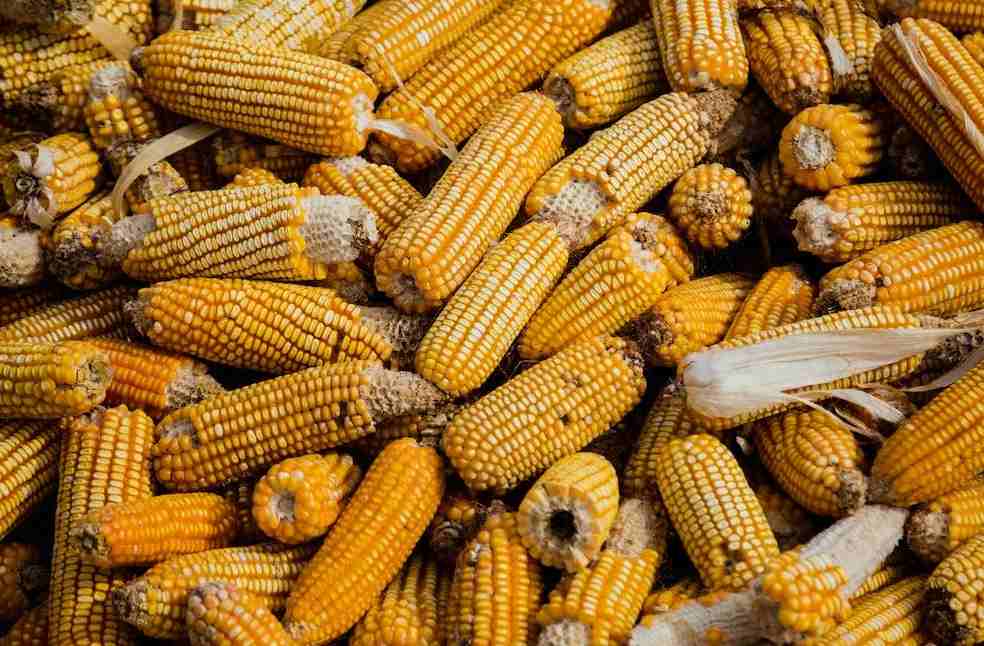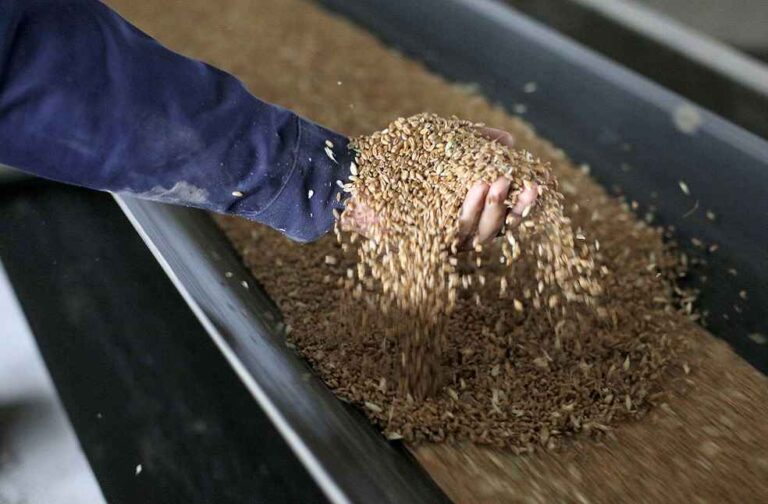The Food and Agriculture Organization (FAO) of the United Nations (UN) reports a continued descent in the benchmark for global food commodity prices for a seventh successive month this February. This trend stems predominantly from a reduction in international cereal quotations, significantly overshadowing the escalations observed within milk and meat prices globally.
The FAO Food Price Index, tracking monthly shifts in international prices for a basket of globally-traded food commodities, registered an average of 117.3 points during February. This figure indicates a decline of 0.7% relative to January and a marked 10.5% retreat from the analogous month the preceding year, illustrating a substantial relaxation in food commodity prices.

Delving into specific indexes reveals a 5% contraction in the FAO Cereal Price Index for February alone, situating it 22.4% beneath its February 2023 level. Corn export prices witnessed the most pronounced fall, propelled by anticipation of abundant harvests in South America alongside Ukraine’s competitive pricing. International wheat prices receded, largely due to vigorous exports from Russia, while rice prices experienced a 1.6% diminution.
Contrastingly, the FAO Meat Price Index defied the broader trend by augmenting 1.8% from January, with poultry meat leading the escalation, succeeded by beef and other bovine meats. The latter was notably affected by torrential rains in Australia, impeding cattle transportation. Pig meat prices edged upward, stoked by heightened demand from China and constrained supplies in western Europe. International sheepmeat prices took a downturn, partially due to unparalleled production levels in Australia.

The dairy segment also saw an increase, with the FAO Dairy Price Index advancing 1.1%, spurred by intensified import demand from Asia, particularly for butter. Slight rises in the prices of milk powders and cheese were also noted.
On the supply side, the FAO’s most recent Cereal Supply and Demand Brief posits some optimistic projections. Global cereal production for 2023 has seen upward revision to 2.84 billion tonnes. Global cereal utilization for 2023/2024 is projected to expand by 1.1% from the prior year, primarily due to augmented use of corn and wheat for livestock feed. The global cereal stocks-to-use ratio is slated for a modest enhancement, culminating the year at 31.1%, indicative of a stabilized supply scenario.
Global trade in cereals is forecasted to witness a 1.3% uplift from 2022, propelled by optimistic maize export prospects from Ukraine and amplified demand from China. The FAO’s preliminary outlook for global wheat production in 2024 also conveys optimism, with an estimated 1% growth from 2023 to reach 797 million tonnes.
LATEST NEWS | US Steel Sector at Crossroads: Urgent Call for Legislative Update



